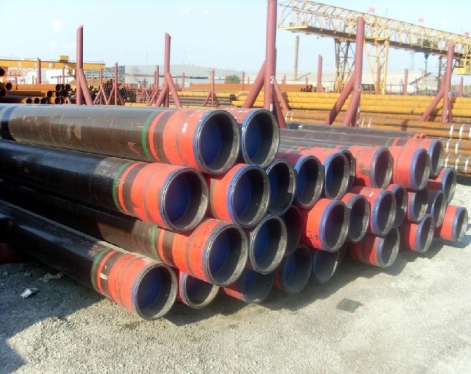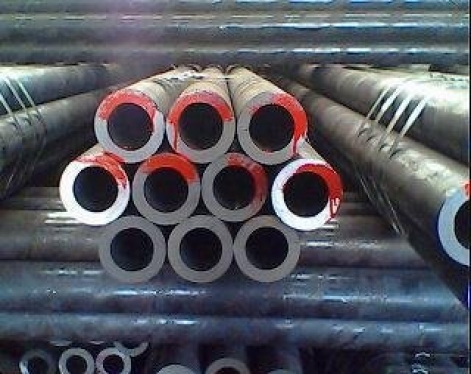
Oil casing is a steel pipe used to support the walls of oil and gas wells to ensure the normal operation of the entire oil well after the drilling process and completion. Each well uses several layers of casing according to different drilling depths and geological conditions. Cement cementing is used after the casing is lowered into the well. Unlike oil pipes and drill pipes, it cannot be reused and is a one-time consumable material. Therefore, the consumption of casing accounts for more than 70% of all oil well pipes.
Read more
High-pressure steel pipes are high-quality carbon steel pipes, alloy structural steel pipes and stainless steel seamless steel pipes used in the manufacture of high-pressure vessels and pipes. High-pressure steel pipe has good comprehensive mechanical properties at room temperature and high temperature, and strict quality control, which is suitable for various working occasions under high-pressure conditions. High-pressure steel pipes are mainly used in boilers, diesel engine high-pressure oil pipes, fertilizer equipment and pipelines and other fields.
Read more
Carbon structural steel pipe is a seamless pipe that does not contain other alloying elements except for carbon (C) elements and a certain amount of silicon (Si) (generally not exceeding 0.40%) and manganese (Mn) alloying elements for deoxidation. . Such steels must guarantee both chemical composition and mechanical properties. The content of impurity elements such as sulfur (S) and phosphorus (P) is generally controlled below 0.035%.
Read more
Both hot-dip plastic steel pipe products and galvanized steel pipe products have the characteristics of high mechanical strength, strong corrosion resistance, convenient installation, convenient connection, high temperature resistance and long service life. The main difference is that in addition to the different materials of the protective layer, the hot-dip plastic steel pipe is coated both inside and outside, while the galvanized steel pipe is only coated with the outer layer
Read more
Welded pipe is a steel pipe made of steel plate or strip steel after being crimped and welded. Generally, the length is 6 meters. The production process of welded steel pipe is simple, the production efficiency is high, there are many varieties and specifications, and the investment in equipment is small, but the general strength is lower than that of seamless steel pipe.
Read more
Tempering is a heat treatment process in which the seamless steel pipe is heated to a temperature below Ac1 (the temperature at which the transformation of pearlite to austenite begins during heating) after quenching, kept for a certain period of time, and then cooled to room temperature.
Read more